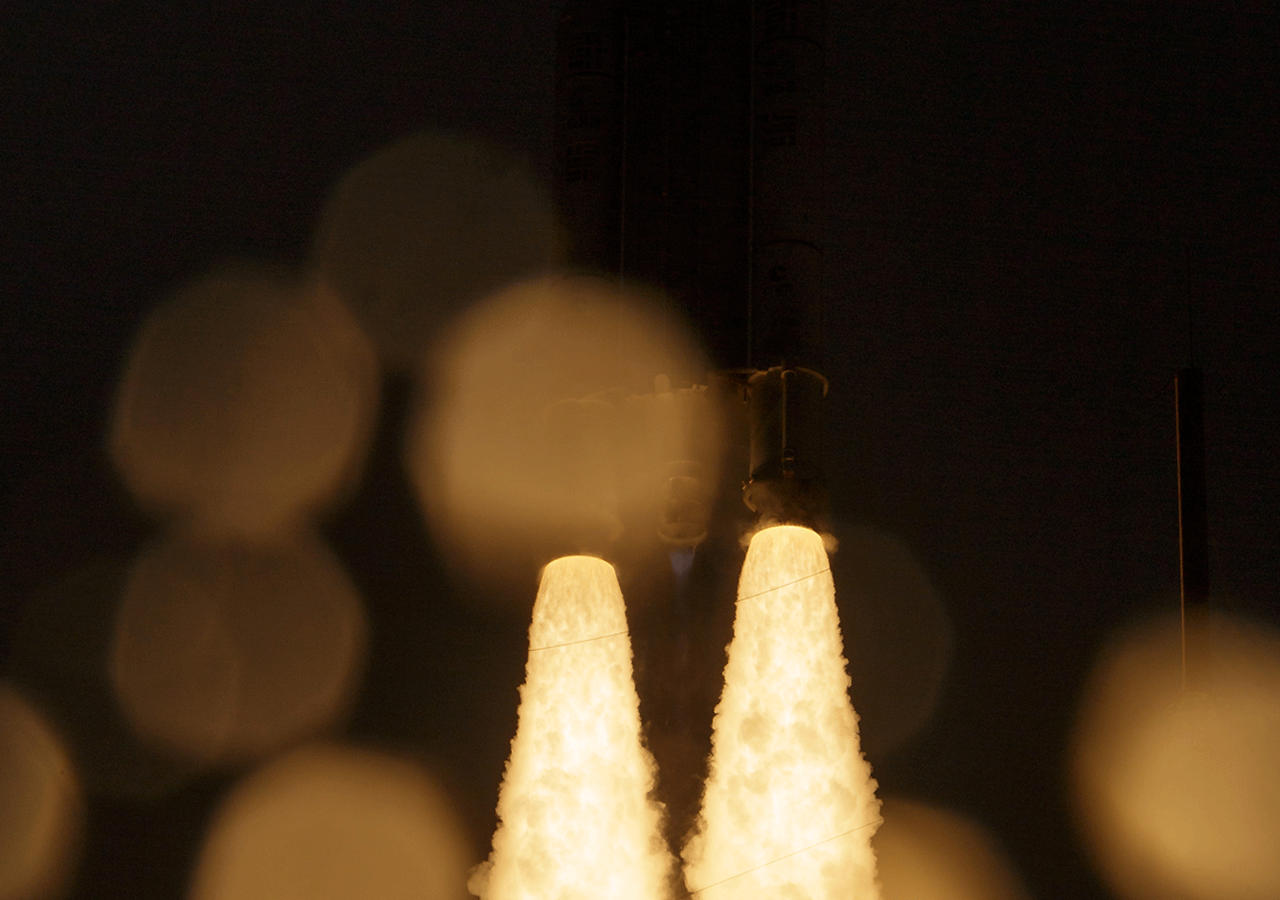Deploying a new space telescope; deflecting an asteroid with a spacecraft; and visiting a metal-rich asteroid. These items and more are on NASA’s 2022 calendar.
1. Webb Telescope Goes to Work
The new James Webb Space Telescope delivers its first images in June.
2. Psyche: Mission to a Metal-Rich Asteroid
Launching in August 2022, NASA’s Psyche spacecraft will orbit a metal-rich asteroid also called Psyche in the main asteroid belt between Mars and Jupiter.
3. DART to Crash Into an Asteroid
DART will slam into asteroid Dimorphos this fall to test technology for defending Earth against potential asteroid or comet hazards.
4. Triple Crown Moment for Venus
Three new missions to Venus are in development in 2022, after being announced by NASA and ESA last year. NASA’s VERITAS and DAVINCI will complement the European Space Agency’s EnVision to provide the most comprehensive study of Venus ever.
5. Europa Clipper: Tweaking the Trajectory
Scientists are busy tweaking the Europa Clipper’s planned trajectory ahead of the mission's launch in 2024. The spacecraft will determine whether Europa has the potential for conditions suitable for life.
6. New Robots for Mars
NASA is participating in new international missions to Mars. The 2022 ExoMars Rover and Surface Platform will help understand if life ever existed on Mars.
7. Two Big Anniversaries on Mars
Curiosity marks 10 years on Mars in 2022. The rover is helping determine if Mars ever had the right conditions to support microbes. NASA's Mars Pathfinder mission ushered in a new era of exploration when it landed on July 4, 1997, bringing with it Sojourner – the first rover on Mars.
8. Parker Solar Probe’s Close Encounters
In 2021, a spacecraft touched the Sun for the first time. Parker will have more close encounters with the Sun in 2022.
9. Private Companies Deliver Science to the Moon
Astrobotic and Intuitive Machines are scheduled to launch scientific payloads to the Moon as part of NASA’s Commercial Lunar Payload Services (CLPS) initiative.
10. Going Deep to Improve Space Communications
Deep Space Optical Communications (DSOC) will launch aboard NASA’s Psyche mission to help spacecraft communicate faster with Earth.

